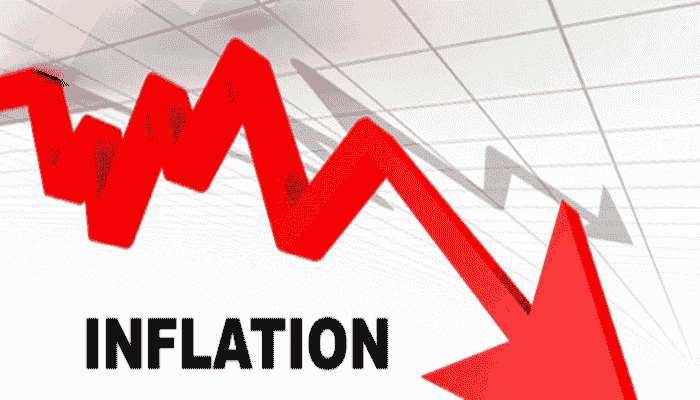The latest data released by the Federal Reserve indicates that a key measure of consumer prices, closely monitored by policymakers, fell to its lowest level since March 2021. This signals that the inflation gauge in the United States is gradually cooling from the once-painful highs experienced earlier.

The slowdown in the year-over-year inflation gauge was mainly attributed to falling gas prices and more moderate increases in grocery costs. (Photo: India Daily Mail)
Inflation Gauge Lowest Since 2021
According to a published article, the report revealed that prices rose by just 3% in June compared to the same month in the previous year. This is a significant decline from the 3.8% annual increase seen in May, although it still remains above the Fed’s 2% inflation gauge target.
On a monthly basis, prices increased by 0.2% from May to June, slightly higher than the 0.1% rise observed in the previous month. The slowdown in the year-over-year inflation gauge was mainly attributed to falling gas prices and more moderate increases in grocery costs.
However, the core prices, which exclude volatile food and energy costs, remained elevated despite easing slightly last month. The persistence of these underlying inflation gauge pressures prompted the Fed to raise its short-term interest rate to a 22-year high.
Additionally, a report from the Labor Department indicated that wages and salaries grew at a slower pace in the second quarter of the year, suggesting that employers felt less pressure to increase pay as the job market cooled down. Employee pay, excluding government workers, rose by 1% in the last quarter, down from 1.2% in the first three months of 2023. Over the year, wages and salaries increased by 4.6%, a decline from 5.1% in the first quarter.
The Fed is closely monitoring the employment cost index, which measures wages and salaries, as smaller wage increases may contribute to slowing inflation gauge over time. Companies would be less inclined to raise prices to offset higher labor costs.
Despite experiencing two years of high inflation gauge and multiple rate hikes, consumer spending remains robust, driving the economy forward. Consumer spending rose by 0.5% from May to June, up from 0.2% in the previous month.
READ ALSO: Back-To-School Spending Declines By 10% On Inflation Impact; How Does It Affect Parents?
Inflation Gauge’s Movement Towards Fed’s 2% Target
The U.S. economy is currently in a hopeful yet precarious state, with a strong job market supporting hiring, wage growth, and low unemployment. Paradoxically, the inflation gauge is declining rather than rising, which presents the possibility of a “soft landing” for the economy, where inflation gradually moves towards the Fed’s 2% target without causing a severe recession.
However, the Fed remains cautious about the economy’s resilience and the potential for inflationary pressures to persist. Continued consumer demand could enable companies to raise prices, leading to inflation gauge levels exceeding the Fed’s target and necessitating further rate hikes.
Federal Reserve Chair Jerome Powell recently indicated that the current benchmark short-term rate, standing at approximately 5.3%, is likely sufficient to restrain the overall economy and tame inflation over time. However, the Fed will require more evidence of sustained inflation moderation before considering an end to its rate hikes.
Overall, while inflation appears to be cooling down, policymakers remain vigilant about the underlying economic conditions and the possibility of further inflationary pressures. Core inflation will continue to be a critical factor guiding the Fed’s decisions.
READ ALSO: Will Americas Minimum Wage Outpacing Inflation Rate Continue? Check Here!




![Tyson Foods Plant [Photo: Food Manufacturing]](https://southarkansassun.com/wp-content/uploads/2023/08/iStock_1185520857__1_.5e441daa51cca-600x337.jpg)







![Silverado Senior Living Management Inc. [Photo: Los Angeles Times]](https://southarkansassun.com/wp-content/uploads/2023/10/download-6-4-600x337.jpg)

![China's Wuhan Institute of Virology [Photo: Nature]](https://southarkansassun.com/wp-content/uploads/2023/09/d41586-021-01529-3_19239608-600x337.jpg)
















